How to Transfer Windows 10 OS to SSD Without Reinstalling Windows
"Hi, I just got a new SSD. And I want to how to move Windows 10 only to SSD as there is not enough space for cloning the how disk to the SSD. If anyone can give me a step by step guide to it, that would be great. My PC info: Windows 10 64bit, the SSD is 120GB."
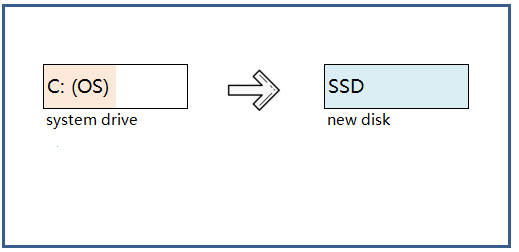
How to migrate only Windows 10 to SSD without reinstallation? If you are looking for an efficiently way of switching system to your new SSD, follow through this tutorial page and you will make it on your own:
#2. Transfer or Migrate Windows 10 to SSD
#3. Set up Windows 10 to Boot from SSD
#4. Further Readings & FAQs on Moving OS to SSD
Why Migrate Windows 10 to SSD
Here are the reasons why more and more users are installing or moving Windows OS on SSD:
#1. More Advantages of Using SSD as System Disk
- Faster boot speed. SSD usually takes about 9 - 20 seconds to start the system.
- Faster program launch speed on SSD. Especially for games, PS, and similar large software.
- Better data potection to use SSD as the system disk, separated from data disk. If the system crashes, no data will lose.
- SSD does not produce noise. It is not afraid of vibration and impact.
#2. OS Migration Is Faster and Safer than Reinstalling
Installing an SSD as the system disk is one of the common ways to upgrade a computer. However, it is very time-consuming and troublesome to perform fresh Windows and program installations once again. And data saved on C drive will be lost. So, migrating OS to SSD is the best way.
How to Migrate Windows 10 OS to SSD Without Reinstalling
How to migrate only Windows 10 to SSD? Follow the tutorial gudie in this part, you will be able to swap your Windows 10 system drive to SSD without reinstallation.
Preparation:
1. Prepare an SSD as the destination disk.
- The size of the SSD should be greater than or equal to the used disk space of the source disk.
- If there is important data on the SSD, back it up to an external hard drive in advance. Migrating OS to SSD will delete and remove all existing partitions and data on your target disk.
2. Download reliable OS migration tool
It's not so difficult if you turn to professional partition manager - Qiling Partition Master Professional. With this powerful partition wizard, you can migrate only Windows 10 to SSD without reinstalling.
Tutorial: Transfer or Migrate Windows 10 to SSD (without Reinstallation, No Data Loss)
Note: The operation of migrating OS to SSD or HDD will delete and remove existing partitions and data on your target disk when there is not enough unallocated space on the target disk. If you saved important data there, back up them to an external hard drive in advance.
Step 1. Click "System Clone" from the tools page.
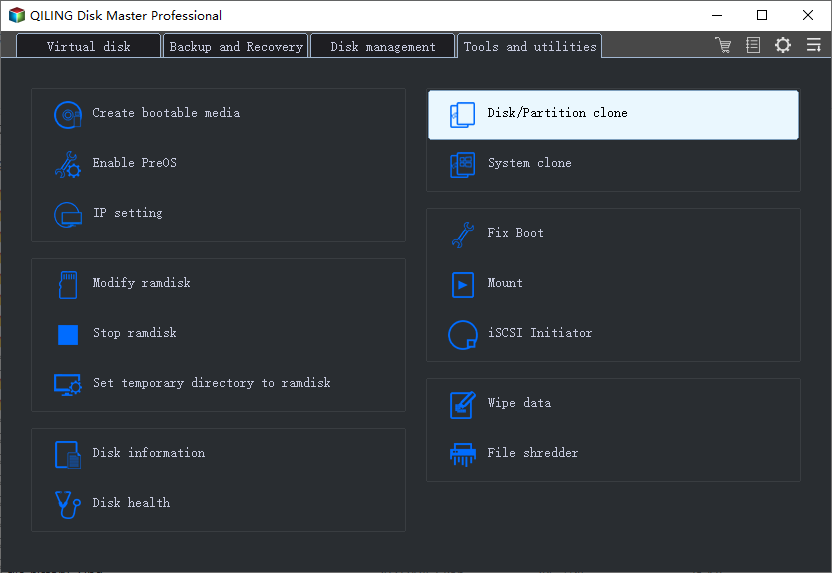
Step 2. The current system (Windows 10) partition and boot partition will be automatically selected, and click Next.
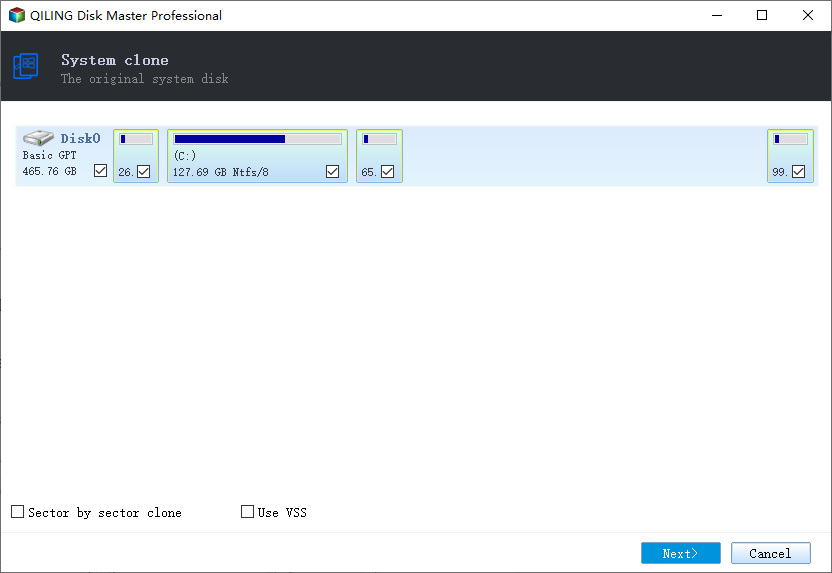
Tips: System Clone is not available for use under the condition that your system partition and boot partition are not on the same drive.
Step 3. Select the SSD or HDD as the destination disk and click "Next".
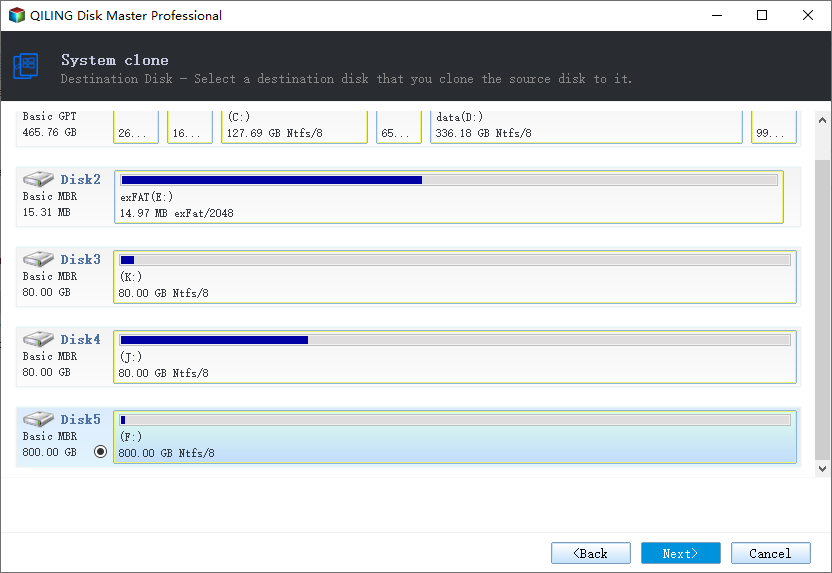
Step 4. Preview the layout of your target disk. You can also click the disk layout options to customize the layout of your target disk as you want. Then click "Proceed" to start migrating your OS to a new disk. Click "Proceed" to start cloning Windows 10.
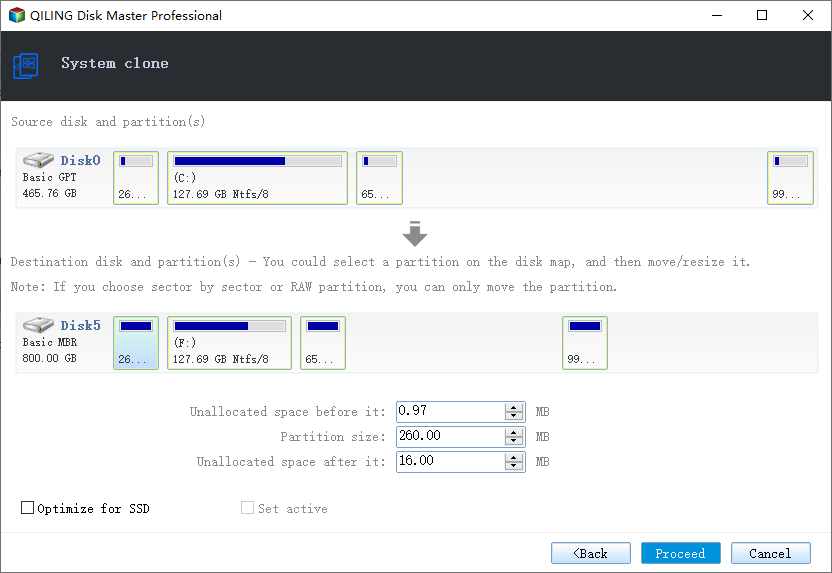
After transferring Windows 10 OS from HDD to SSD, you can also use Qiling Partition Master to manage your partitions with all the features aforementioned.
With it, you can also resize/create/merge partition, rebuild MBR, clone disk, convert FAT to NTFS or convert MBR to GPT, create WinPE Bootable Disk, migrate/clone Windows OS, etc., with ease.
Set Windows 10 to Boot from SSD
After the system migration, you will need to set up SSD as boot drive. To do so, you have two ways to set Windows 10 to boot from your new SSD:
1. Change Boot Order in BIOS: Reboot PC > Press F1/F2/Del to Enter BIOS > Go to Boot Option and set SSD as the boot drive > Restart PC.
2. Open computer case, unplug the old hard drive or connect it as an external storage > Reboot PC. It will automatically load Windows 10 from SSD.
Later, you can remove the previous old system drive and use it as a normal data partition.
Conclusion
This page covers the complete process of migrating Windows 10 only to new SSD without reinstallation or data loss.
To do so, you need first prepare SSD and back up all important data. Then pick a reliable OS migration tool - Qiling Partition Master. Next, you can start to migrate Windows 10 to SSD. Last, set up computer to boot Windows 10 from the new SSD.
The whole process will be fast and safe for your Windows OS and personal data.
Further Reading & FAQs on Migrating Windows OS to SSD
1. How to migrate OS to a smaller SSD?
As long as your smaller SSD has equal or a larger space than your OS drive - C: and system drive, you may directly apply Qiling Partitioin Master to migrate OS:
It also applies to clone OS from larger HDD to smaller SSD without reinstallation
Step 1. Connect new SSD to PC via SATA cable.
Step 2. Run Qiling Partition Master and select "Migrate OS to HDD/SSD" at the top nemu.
Step 3. Select smaller SSD as target disk and click "Migrate" > "Next".
Step 4. Customize the target drive - adjust the partition size, you may leave more space for C drive on new SSD, click "OK".
Step 5. Execute operation to start the OS migration.
Step 6. When the process completes, restart PC and enter BIOS to set OS boot from new SSD.
2. How do I move my C drive to a new SSD?
There are two ways that you can move C drive to a new SSD and make sure that Windows system can boot sucessfully.
One way is to apply Qiling Partition Master and follow the OS migration guide on this page for help. The other way is to apply Qiling Windows backup software - Qiling Backup with its system clone feature to clone system C drive, migrating to the new SSD.
3. How do I clone a small SSD to a larger SSD?
To optimize computer's working efficiency or speed up the OS, it's necessary to move or clone the old SSD data including system into a larger SSD.
To avoid data loss while cloning SSD to larger SSD in Windows 10/8/7, Qiling software provides you a simple and powerful disk clone software here for SSD cloning. This tool allows users to clone disk without losing any data or reinstalling OS. Qiling Backup will help.
For more details, please refer to: Clone SSD to Larger SSD.
4. How do I clone larger HDD to SSD?
If you are trying to replace your old HDD with a new smaller SSD by migrating the OS, follow through the tips below and you will successfully migrate everything to your new SSD.
First, prepare SSD as introduced on this page. Make sure SSD is empty and has equal or bigger space than the used space on HDD.
Next, apply the clone feature in Qiling Partition Master to clone larger HDD to smaller SSD. For a detailed guide, see also: Clone larger HDD to smaller SSD.
Related Articles
- Extend C drive or system partition in Windows 10
- Windows 11 Upgrade | Convert MBR to GPT Without Deleting Partitions
- Resize Partition Windows 11/10: Use 3 Tools to Shrink/Extend Volume in Windows 11/10
- Resize Dynamic Disk to Extend or Shrink Dynamic Disk
- How to Clone Hard Drive in Windows 7 32 Bit or 64 Bit to Another Hard Drive
- USB Bootable Software & Bootable USB Creation Tool